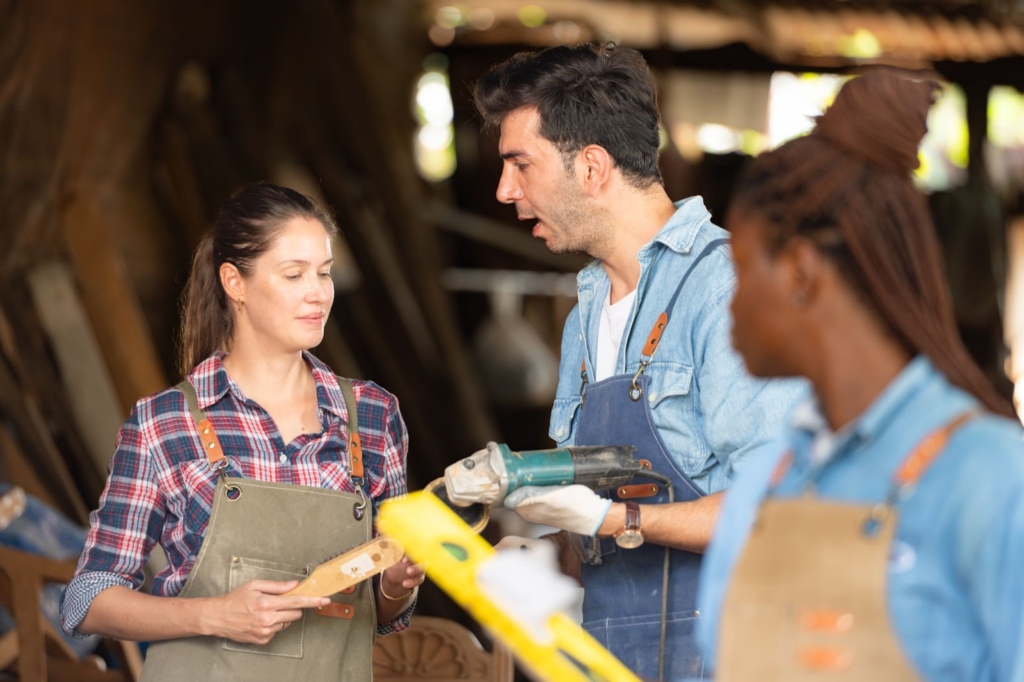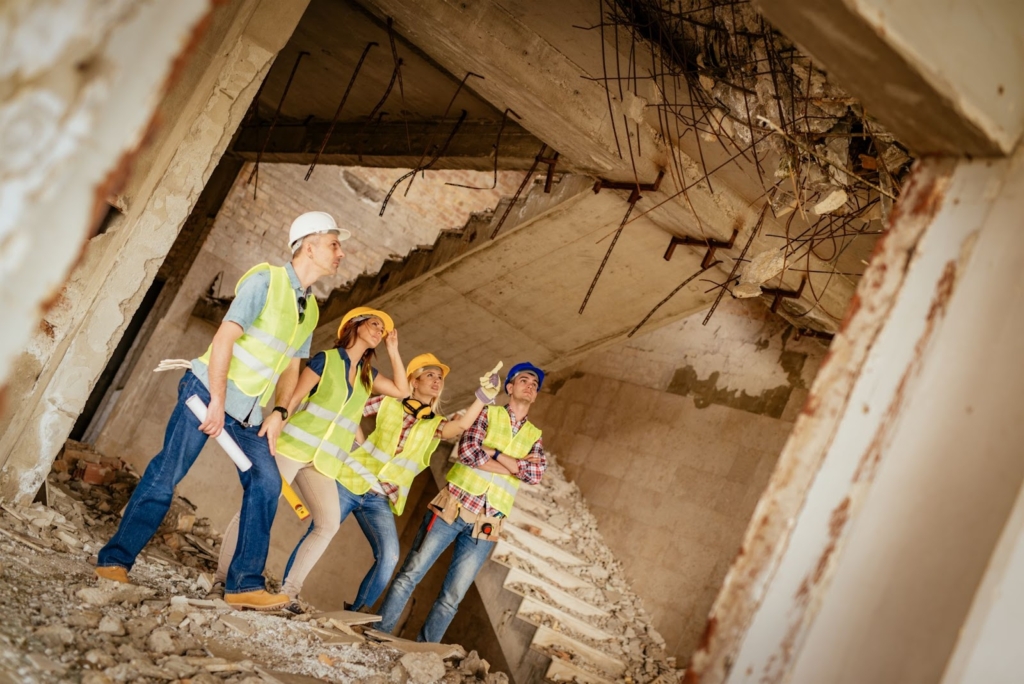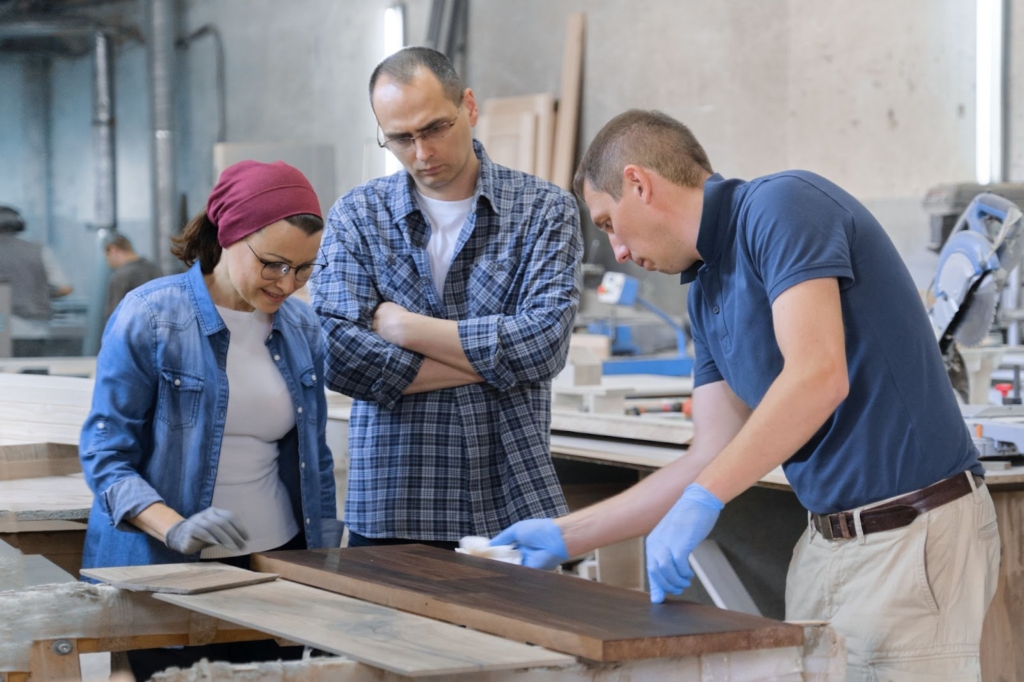
Innovations in Restoration: Tools and Techniques Shaping the Future
The restoration industry is rapidly evolving, driven by technological advancements and innovative methodologies transforming how restoration projects are approached and executed. Specialists in the field are progressively implementing new instruments and methods to satisfy the growing demand for economical, long-lasting, and successful restoration solutions. Modern tools and sophisticated software programs are just some innovations that have improved restoration work’s efficiency, precision, and general caliber.
In this article, we will explore the innovations in restoration, focusing on the tools and techniques shaping the future. Let’s delve into the advancements in technology, materials, and processes that are revolutionizing the restoration industry and improving outcomes for both restoration professionals and property owners. By actively embracing these innovations, you, as a restoration professional or property owner, are playing a crucial role in the industry’s evolution, contributing to more efficient, sustainable, and high-quality restoration solutions.
Five Innovative Techniques Revolutionizing Restoration
The restoration industry is significantly changing as new techniques and technologies are used. These advancements boost efficacy and efficiency while raising the bar for sustainability and quality. Here are five innovative techniques revolutionizing restoration:
1. 3D Scanning and Modeling
3D scanning and modeling technologies are redefining how restoration projects are planned and executed. High-resolution 3D scanners capture detailed images of structures, creating precise digital models. These models allow restorers to accurately assess damage, plan interventions, and visualize the outcomes before starting the physical restoration process. This technology enhances precision, reduces errors, and ensures that restorations are faithful to the original structure.
2. Building Information Modeling (BIM)
BIM is not just a tool but a collaborative platform for transforming restoration. By providing a comprehensive digital representation of a building’s physical and functional characteristics, BIM allows restoration professionals to integrate all aspects of a project into a single, accessible model. This fosters better collaboration and coordination among teams, helping to identify potential issues early, streamline workflows, and ensure that restoration efforts are both efficient and effective.
3. Advanced Drying Techniques
Water damage is a common challenge in restoration, and advanced drying techniques are making significant strides in addressing it. Technologies such as desiccant dehumidifiers, heat drying systems, and vacuum freeze-drying remove moisture from structures and contents quickly and thoroughly. Thanks to these techniques, more of the original materials are preserved. These techniques also stop mold growth, shorten drying times, and prevent additional damage.
4. Eco-Friendly Restoration Practices
Eco-friendly methods are becoming more popular, and sustainability is starting to take center stage in restoration. This entails recycling materials, using energy-efficient equipment, and using non-toxic, biodegradable cleaning agents. Green restoration not only minimizes the environmental impact but also improves indoor air quality and ensures the safety of both workers and occupants. Sustainable practices are increasingly being recognized as essential for modern restoration projects.
5. Drones for Inspection and Monitoring
Drones extensively inspect and monitor restoration projects, especially in hazardous or difficult-to-reach areas. These are equipped with high-definition cameras and sensors that can capture exact images and data, providing instantaneous information about a structure’s condition. Thanks to the safer, quicker, and more accurate assessments made possible by this technology, restoration specialists can make well-informed decisions and effortlessly track advancement.
These cutting-edge methods are revolutionizing the restoration sector and significantly improving sustainability, accuracy, and efficiency. As technology develops, the future of restoration promises even more substantial advancements in safeguarding and preserving our built heritage. Restoration experts can adopt these innovations to ensure that future generations enjoy restored structures and increase productivity.

Benefits of Restoration Tools and Techniques
The restoration industry has witnessed remarkable advancements in tools and techniques, empowering professionals and bringing a host of benefits to the field. These innovations, which are a testament to your expertise and dedication, improve the quality and efficiency of restoration projects and enhance sustainability, safety, and cost-effectiveness. Here are some of the key benefits associated with the modern restoration tools and techniques that you, as restoration professionals, are at the forefront of:
Enhanced Accuracy and Precision
Modern tools such as 3D scanners and Building Information Modeling (BIM) are used in the initial assessment and planning stages of restoration projects. These technologies create detailed digital representations of structures, allowing restorers to visualize damage and plan interventions with precision. This reduces errors, ensures that restorations are faithful to the original design, and enhances the overall quality of the work.
Improved Efficiency and Speed
Advanced equipment like high-efficiency particulate air (HEPA) vacuums, industrial dehumidifiers, and specialized drying systems enable restoration professionals to work more efficiently. These tools speed up processes such as water extraction, mold remediation, and structural drying, reducing project timelines and allowing for quicker recovery after damage.
Cost-Effectiveness
While the initial investment in advanced tools and techniques can be high, the long-term cost savings are substantial. Accurate assessments and precise restorations minimize the need for rework, reduce material waste, and prevent further damage, ultimately lowering overall project costs. Additionally, technologies like drones and thermal imaging lessen the need for manual inspections, saving time and labor costs.
Sustainability and Environmental Protection
Eco-friendly restoration practices are becoming more prevalent, emphasizing sustainable materials and environmentally friendly methods. For example, the use of biodegradable cleaning agents and material recycling, facilitated by tools like 3D scanners and BIM, can significantly reduce the environmental impact of restoration projects. Green restoration practices not only protect the environment but also improve indoor air quality and ensure the safety of building occupants.
Enhanced Safety
The use of advanced tools and technologies significantly enhances safety for both workers and occupants. Drones, for instance, can inspect hazardous or hard-to-reach areas without putting workers at risk. Similarly, modern drying and mold remediation equipment ensure that harmful contaminants are effectively removed, creating a safer environment during and after restoration.
Better Documentation and Monitoring
Tools like BIM and 3D scanning provide detailed documentation of the restoration process, which is invaluable for project management and future reference. This comprehensive documentation helps track progress, manage resources efficiently, and provide transparency to clients. Moreover, ongoing monitoring through sensors and drones ensures that restorations are proceeding as planned and that any emerging issues are promptly addressed.
Increased Client Satisfaction
Advanced restoration tools and techniques lead to higher quality outcomes, faster project completion, and transparent processes, all of which contribute to your satisfaction as clients. We understand that you appreciate the precision, efficiency, and professionalism of modern restoration methods, which leads to stronger trust and long-term relationships. Your satisfaction is our top priority, and these tools and techniques are designed with that in mind.
Integrating advanced tools and techniques in the restoration industry brings numerous benefits that significantly enhance restoration projects’ quality, efficiency, and sustainability. As the industry evolves, these benefits will only become more pronounced, solidifying the importance of your role in staying at the forefront of technological advancements in restoration. Your commitment to learning and adapting is what drives the industry forward.

Keeping Abreast With Restoration Advancements
Staying updated on the latest advancements in restoration is crucial for professionals who aim to provide high-quality services and maintain a competitive edge in the industry. Here are several strategies that restoration professionals can employ to stay current with the latest tools, techniques, and industry developments:
Continuous Education and Training
Engaging in ongoing education is fundamental for staying updated. Professionals can attend workshops, seminars, and certification courses by industry associations and educational institutions. These programs often cover the latest advancements in restoration technologies, methodologies, and best practices.
Industry Conferences and Trade Shows
Conventions and trade shows are great ways to learn about new products, services, and industry trends. Events like the RIA (Restoration Industry Association) Convention and IREX bring together industry professionals and vendors who share the latest trends and innovations.
Professional Associations and Memberships
The RIA, IICRC, and NAHB are just a few professional associations you can join. By joining one of these associations, you can access a wide range of resources, from industry publications to webinars and networking events. Many of these associations also offer subscriptions to industry magazines and newsletters.
Online Learning Platforms and Webinars
The internet offers a plethora of online learning platforms, such as Coursera, Udemy, and LinkedIn Learning, which provide courses on restoration and related fields. Many industry associations and companies also host webinars covering new technologies, case studies, and emerging trends.
Trade Publications and Journals
Subscribing to trade publications and journals such as “Restoration & Remediation Magazine” and “Journal of the American Institute for Conservation” can inform professionals about the latest research, case studies, and industry news. These publications often feature articles written by experts and thought leaders in restoration.
Networking and Professional Groups
Joining professional groups and forums, both online and offline, can facilitate the exchange of knowledge and experiences among peers. Platforms like LinkedIn offer numerous groups focused on restoration where professionals can discuss challenges, share solutions, and stay informed about industry advancements.
Manufacturer and Supplier Updates
Keeping in close contact with manufacturers and suppliers of restoration equipment and materials can provide early access to new products and technologies. Many manufacturers offer training sessions, product demos, and newsletters highlighting the latest advancements in their offerings.
Participating in Research and Development
Some restoration companies invest in research and development (R&D) to stay ahead of the curve. By participating in or supporting R&D initiatives, professionals can gain firsthand experience with cutting-edge technologies and methods before they become mainstream.
Mentorship and Collaboration
Seeking mentorship from experienced professionals and collaborating with industry experts can provide invaluable insights and practical knowledge. Mentors can share their experiences with new technologies and methods, helping less experienced professionals to understand and adopt advancements more effectively.
Social Media and Online Communities
Staying informed can be made easy by following influential people in the field, joining pertinent social media groups, and participating in online communities. Professionals in restoration communicate in active communities on social media sites like Facebook, Twitter, and Reddit, exchanging ideas, updates, and news.
By leveraging these strategies, restoration professionals can ensure they remain well-informed about the latest advancements in their field. Staying updated enhances their skills and knowledge and enables them to provide better services, adopt more efficient practices, and maintain a competitive edge in the ever-evolving restoration industry.
How New Techniques Shape the Future of Restoration
New restoration techniques are revolutionizing the industry by enhancing efficiency, accuracy, and sustainability. Innovations such as 3D scanning, Building Information Modeling (BIM), and eco-friendly practices enable professionals to restore properties more precisely and responsibly. These developments lower expenses and lessen their adverse effects on the environment while raising the caliber of restoration projects. Accepting these new methods is crucial to staying competitive and producing better results as the industry develops. Restoration has a promising future thanks to ongoing innovation and advancements in technology.
Visit the Estimate Solutions, LLC blog today to learn more and enhance your restoration projects with cutting-edge knowledge and practices.
